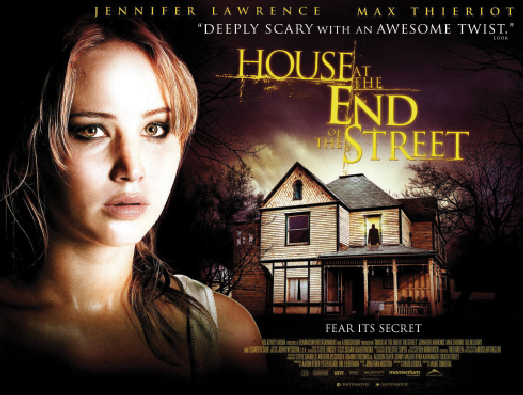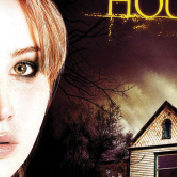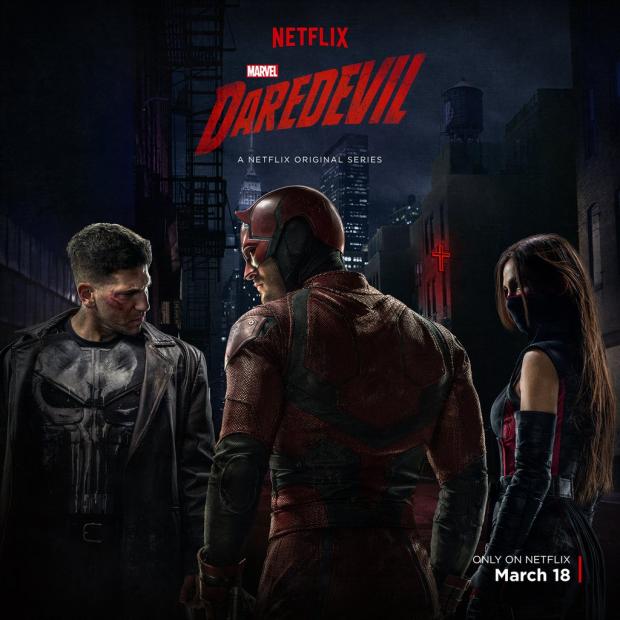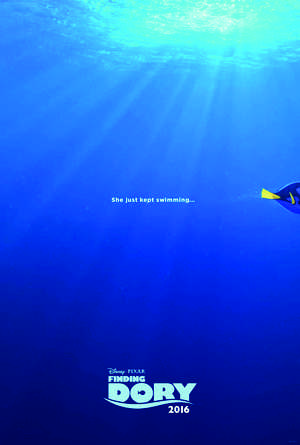 Though House at the End of the Street is fairly predictable and full of horror movie clichés, a few surprising twists and a convincing performance by Jennifer Lawrence make it a good option for viewers who want a cheap Friday night thrill.
Though House at the End of the Street is fairly predictable and full of horror movie clichés, a few surprising twists and a convincing performance by Jennifer Lawrence make it a good option for viewers who want a cheap Friday night thrill.
The film centers around newly divorced Sarah Cassidy (Elisabeth Shue) and her 17-year-old daughter, Elissa (Lawrence). The two move next door to the Jacobson residence and learn that four years ago, the couple who lived there was murdered by their 13-year-old daughter. Ryan (Max Thieriot), the Jacobson’s son, still lives in the house but is treated as an outcast by everyone in their small town. A few days after settling in, Elissa meets Ryan and begins to form a friendship with him. Though Sarah forbids her daughter from being alone with Ryan, his quiet and sensitive personality draws Elissa in and causes her to fall for him. What she doesn’t know is that Ryan is keeping a frightening secret in his basement.
Lawrence is the main saving grace of this movie. Her energy and down-to-earth charm make her character realistic and entertaining, despite the fact that she plays a generic teenage girl who is equal parts rebellious and nosy. Thieriot manages to make viewers sympathize with him, even though Ryan is revealed as a shady character with many secrets. The rest of the cast also performs well, despite the lack of character development.
Although the acting is solid, the script holds the movie back. Writer David Loucka does not bring much suspense or mystery to the story. He fails to accomplish a truly thrilling narrative. This means that director Mark Tonderai is forced to resort to the cheap tactics of using jump scares and creepy music to make the movie seem much scarier than it actually is. He relies on the element of surprise since there isn’t anything chilling in the screenplay. Loucka’s plot is heavily predictable and borrows several elements from Alfred Hitchcock’s Psycho, yet his attempts pale in comparison. Loucka’s characters all lack common sense, and there are sure to be many moments in which viewers will be exasperatedly yelling at the screen, wondering how the characters could be so stupid.
An unnecessary amount of horror movie effects are used in this movie. Hand-held shaky camera work, film flashes, and blurry shots all appear at some point, sometimes all in the same scene. The stylistic additions are too cliché and fail to add anything meaningful to the story.
Bad writing and lack of originality aside, House at the End of the Street is still good enough to make people scream and keep them at the edge of their seats, which is all there really is to ask for in a horror movie.








